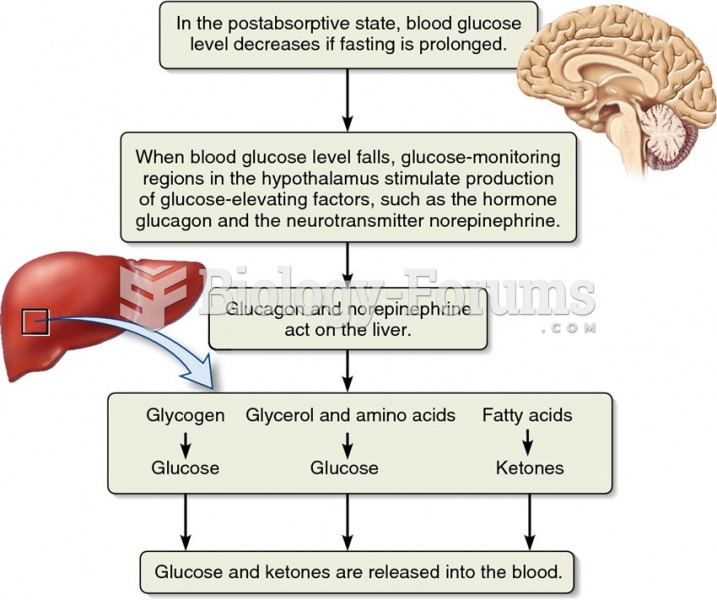|
|
|
The first war in which wide-scale use of anesthetics occurred was the Civil War, and 80% of all wounds were in the extremities.
Hypertension is a silent killer because it is deadly and has no significant early symptoms. The danger from hypertension is the extra load on the heart, which can lead to hypertensive heart disease and kidney damage. This occurs without any major symptoms until the high blood pressure becomes extreme. Regular blood pressure checks are an important method of catching hypertension before it can kill you.
Illicit drug use costs the United States approximately $181 billion every year.
Approximately 500,000 babies are born each year in the United States to teenage mothers.
Pubic lice (crabs) are usually spread through sexual contact. You cannot catch them by using a public toilet.






